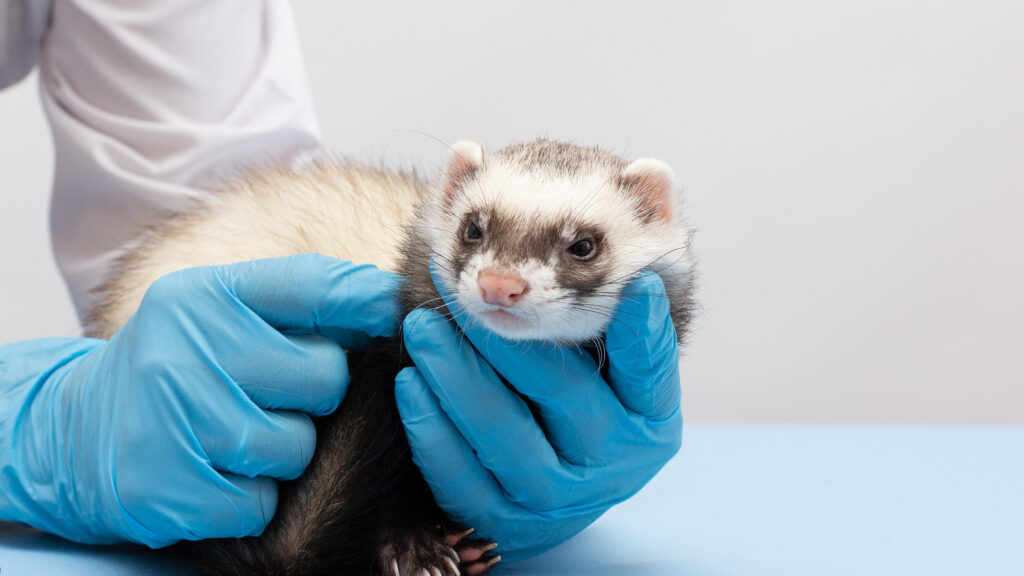
The H5N1 bird flu virus, notorious for its high mortality rate in humans, has shown a surprisingly low fatality rate in recent U.S. cases. Of the 70 cases reported over the past 18 months, only one resulted in death. This unexpected trend has prompted scientists to investigate the underlying causes.
A recent study published in Science Translational Medicine suggests that immunity developed from the H1N1 virus, responsible for the 2009 flu pandemic, may offer cross-protection against H5N1. This theory is based on research conducted on ferrets, which are considered the best model for human influenza infections.
Understanding Cross-Immunity
The study revealed that ferrets previously infected with influenza A viruses, particularly H1N1, showed significant resistance to H5N1. Seema Lakdawala, a co-author of the study and an associate professor at Emory University, expressed optimism about these findings. “Hopefully, most people will not die when they come into contact with the virus because they have some prior H1 immunity from infection or an H3N2 immunity from infection,” she stated in an interview.
The research involved analyzing ferret blood samples to identify antibodies that could react to H5N1. The study found that ferrets with prior exposure to H1N1 or H3N2 had developed some level of immunity, while those exposed to influenza B did not show the same protection.
Exploring the Mechanisms
One hypothesis is that the neuraminidase protein in H1N1 shares similarities with that in H5N1, potentially facilitating cross-protection. However, experts like Malik Peiris, a virologist at the University of Hong Kong, caution that the exact mechanism remains unclear. “More research on this is needed,” Peiris emphasized.
“When you get infected with a flu virus, there are multiple immune mechanisms involved in clearing that virus.” — Troy Sutton, Penn State
Global Perspectives and Skepticism
Despite the promising findings, not all experts are convinced. Yoshihiro Kawaoka from the University of Wisconsin-Madison points to differing outcomes in Cambodia, where a different strain of H5N1 has led to more severe cases. He suggests that factors such as viral differences and modes of infection could play significant roles.
Richard Webby of St. Jude Children’s Research Hospital concurs, noting that while the study is valuable, it only explains part of the puzzle. “Pre-existing immunity in its own right is not enough to prevent an influenza virus from transmitting through the population,” Webby remarked.
Implications for Future Pandemics
The study’s authors and other experts agree that while H1N1 immunity may offer some protection, it is not a panacea. Historical flu pandemics, such as those in 1968 and 2009, occurred despite widespread pre-existing immunity. The ever-evolving nature of flu viruses means that current protections might not hold against future strains.
“These viruses have very clearly shown an ability to expand their host range. They cause very severe disease in animals other than humans.” — Troy Sutton
Looking Ahead
As researchers continue to explore the complexities of flu virus immunity, the potential for H5N1 to cause a pandemic remains a concern. The study underscores the importance of ongoing research and vigilance in monitoring flu virus mutations and their impact on human health.
While the current findings offer a glimmer of hope, experts caution against complacency. The dynamic nature of influenza viruses necessitates continued preparedness and adaptation in public health strategies.





